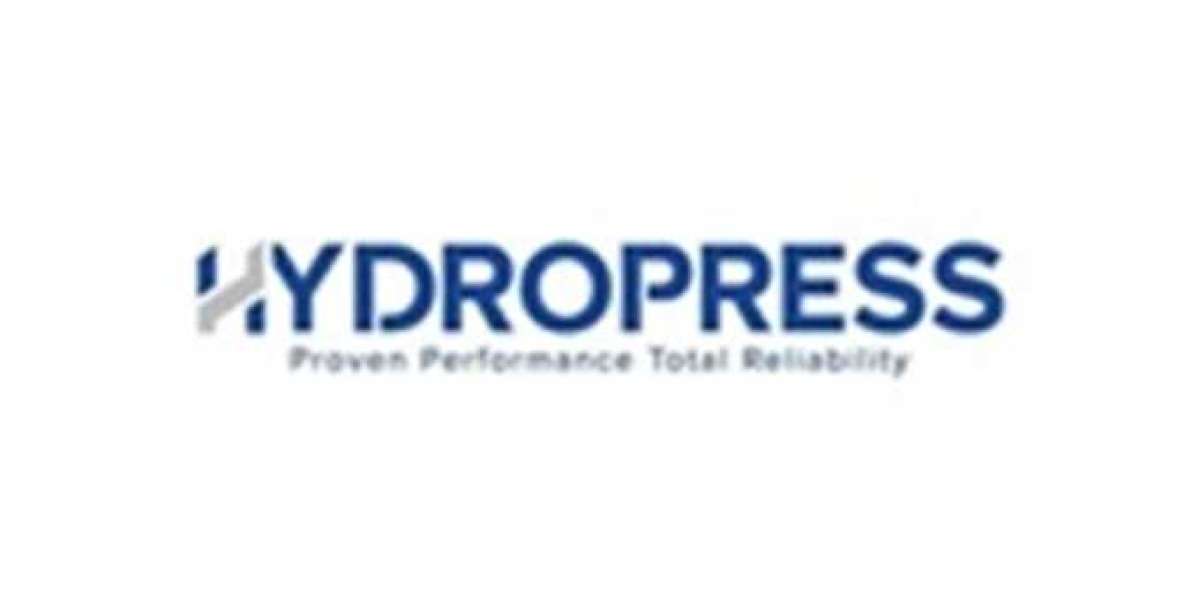Workplace safety is not just a set of rules to follow — it’s a commitment every business must take seriously to protect employees from workplace hazards. Unfortunately, accidents still happen far too often, and many of these incidents could have been prevented if managers were held more accountable for safety protocols. Holding managers responsible ensures they stay vigilant, proactive, and lead by example, fostering a safer environment for everyone.
In this article, we will explore practical ways to hold managers accountable for workplace safety, especially in hazardous environments. We will also provide a clear step-by-step guide to help organizations create a culture where safety is a top priority, highlighting the importance of training programs such as a Safety Officer Course to empower managers and staff alike.
Why Manager Accountability Matters in Workplace Safety
Managers play a vital role in identifying, managing, and minimizing risks at work. They set the tone for safety culture and are the first line of defense against hazards such as slips, falls, chemical exposures, and ergonomic injuries. When managers neglect safety, it can lead to serious accidents, legal liabilities, and damage to a company’s reputation.
Imagine a factory where a manager ignores reports of faulty machinery because production deadlines seem more important. One day, an employee gets seriously injured because that machine malfunctions. This example highlights why managers must be accountable—not only to protect employees but also to safeguard the company from costly consequences.
Common Workplace Hazards Managers Must Address
Before diving into accountability, it’s important to understand the typical workplace hazards managers face:
- Physical hazards like heavy machinery, electrical risks, and slips or falls
- Chemical hazards such as exposure to toxic substances or improper storage
- Ergonomic hazards from repetitive motion or poor workstation design
- Biological hazards including viruses, bacteria, or mold exposure
- Psychosocial hazards such as stress, harassment, or fatigue
Managers must recognize these hazards and take appropriate actions to reduce risk.
How to Hold Managers Accountable for Workplace Safety: Step-by-Step Guide
Step 1: Clearly Define Safety Responsibilities
The first step to accountability is making sure every manager knows exactly what their safety responsibilities are. This can be done by:
- Creating detailed job descriptions that include safety duties
- Setting clear safety goals and key performance indicators (KPIs)
- Communicating company safety policies regularly
For instance, if a warehouse manager is responsible for ensuring forklifts are regularly inspected, this should be explicitly stated and measured.
Step 2: Provide Regular Training and Resources
Managers cannot be held accountable if they don’t know what to do. Providing ongoing workplace safety training is essential. This includes:
- Teaching hazard identification and risk management
- Training on emergency procedures and incident reporting
- Offering access to resources like safety checklists and personal protective equipment (PPE)
An effective program such as the Safety Officer Course in Pakistan offers managers practical skills to oversee safety in various industries. These courses equip them with the knowledge to implement safety standards and reduce risks efficiently.
Step 3: Use Monitoring and Reporting Systems
Establish a system where safety performance is tracked regularly. This can include:
- Scheduled safety audits and inspections
- Incident and near-miss reporting tools
- Safety performance dashboards accessible to top management
With these tools, companies can spot safety gaps quickly and hold managers accountable for addressing issues before they escalate.
Step 4: Encourage Open Communication and Feedback
Managers should be approachable and encourage workers to report hazards without fear of retaliation. A culture where feedback flows freely helps identify hidden risks early. To foster this:
- Implement anonymous reporting channels
- Hold regular safety meetings with staff
- Act promptly on safety concerns raised by employees
When managers respond seriously and transparently, employees feel valued and safer.
Step 5: Implement Consequences and Rewards
Accountability includes consequences when safety standards are not met—but also rewards when managers do a great job. This balance motivates ongoing commitment.
- Set clear disciplinary actions for repeated safety violations
- Recognize and reward managers who demonstrate excellent safety leadership
- Tie safety performance to promotions and bonuses
Such measures show that safety is a business priority, not an afterthought.
Real-Life Story: How Accountability Saved Lives
At a mid-sized manufacturing plant, a new safety manager noticed that the floor supervisors were ignoring regular machine maintenance to meet production targets. The safety manager introduced monthly safety audits and began publishing safety scores for each department.
After a few months, supervisors who improved their scores received recognition, while those neglecting safety faced consequences. Within a year, workplace injuries dropped by 40%, and employee morale improved dramatically. This story illustrates how manager accountability directly impacts real safety results.
Read More: Explore affordable Safety Officer Course fee in pakistan.
Why Investing in Safety Training Like Safety Officer Course in Pakistan Is Crucial
For managers to be truly accountable, they must have the right training. Programs like the Safety Officer Course in Pakistan are tailored to equip managers and supervisors with up-to-date safety knowledge, hazard identification skills, and risk control methods.
These courses not only help reduce incidents but also ensure compliance with local and international regulations. Companies investing in such training see a return through fewer injuries, lower insurance costs, and better productivity.
Final Thoughts
Holding managers accountable for workplace safety is not just about rules or punishment—it’s about leadership, culture, and continuous improvement. By clearly defining responsibilities, providing training, monitoring safety performance, encouraging communication, and implementing consequences and rewards, companies can drastically reduce workplace hazards and create safer work environments.
If you want to take your safety culture to the next level, consider investing in professional training such as the Safety Officer Course in Pakistan to empower your managers with the skills they need.
How does your organization hold managers accountable for workplace safety? Feel free to share your experiences or ask questions below!








